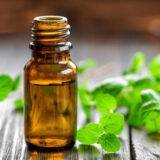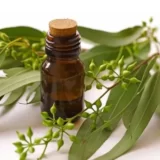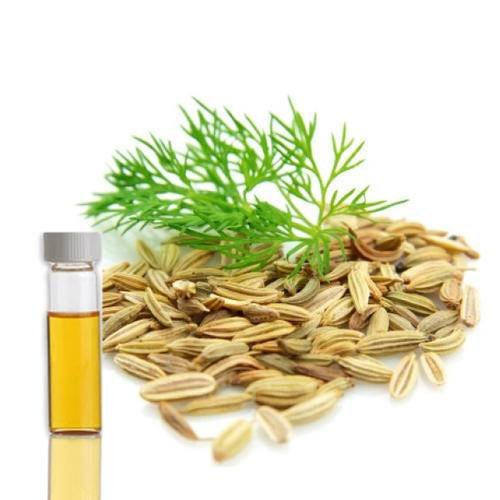Description-
Dill is an annual or biennial herb in the celery belongs to Apiaceae family. Its scientific name is Anethum graveolens (European Dill) while in India dill oil is isolated from Anethum sowa (Indian Dill) and also cultivated in other parts of world as well like in England, Germany, Romania, Turkey, U.S.A. & Russia. It grows up to 40-60cm and have green feathery leaves and have small yellow flowers.
Extraction-
Dill seed oil is extracted from mature seeds by steam distillation.
Properties-
Dill seed oil is slightly yellowish to light brown in color and its aroma is caraway oil like because it has high carvone content in its composition.
Composition-
It is composed of D-Carvone, dillapiol, eugenol, limonene, terpinene, myristicin, α-pinene, β-pinene, caryophyllene, trans-hydrocarone and cis-dihydrocarvone.
Blending-
Dill seed oil is well blends with lime, lemon, orange and others citrus oils as well as Bergamot, caraway and nut-meg.
Uses-
- Dill seed oil is used as a fragrance in cosmetics, soaps and perfumes.
- Dill oil is useful for getting rid of anxiety, tension, anger, depression and hypertension.
- It is used to ease constipation and cures colic.
- It is used in lotions and creams as it can heal wounds.
- It is ingredients in vaporizer as it provide calming effect on nerves.
- It acts as anti spasmodic as it promotes relaxing and calming effect which help in spasmodic attacks.
- It also stimulates secretion of digestive juices and removes flatulence due to its carminative effect.
- It promotes restful sleep for the patients who suffer from insomnia.
- Dill oil is diuretic, helps in urinary tract infection by regulating urine excretion.
- It is used to reduce inflammation in mouth and throat..
- It is sudorific as it helps to remove water, salt and toxic substances from body.
- It helps in lowering blood pressure.
Safety and Precaution-
Skin rashes may occur in people who are sensitive of it.
Avoid using dill oil while pregnant.
Specification of Dill Oil:
Testing Protocol – BP
Organoleptic Properties:
Description – Pale yellow to yellowish coloured fluid Liquid, odour pleasant and characteristics.
Physio-Chemical Properties:
Optical Rotation – +70° to +80°
Refractive Index – 1.479 to 1.493
Solubility – Soluble, at 20°, in 1 volume or more of Ethanol (90%) and in 10 volumes or more of ethanol (80%)
Weight per ml – 0.895 to 0.914
Assay By GC – 43 TO 63% Carvone contents
Storage – In well fitted container in cool and dark Place.






